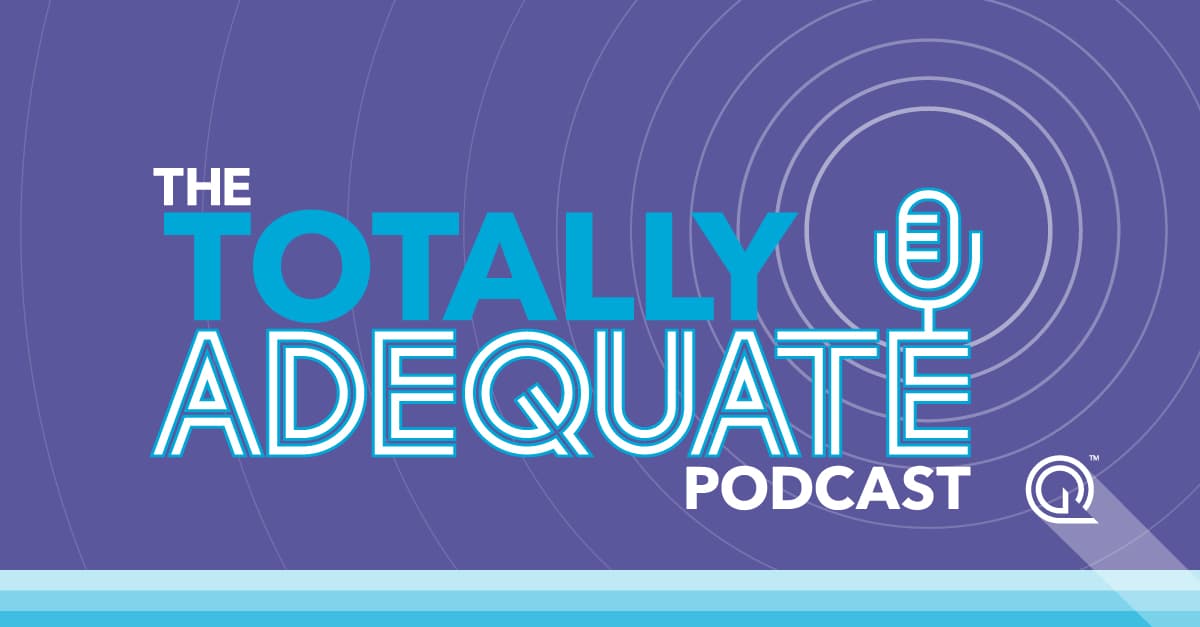It’s staggering to think that, according to researchers, one in five emergency room visits result in an individual receiving a bill for treatment or services they expected to be covered by their health plan, but weren’t. These unexpected, costly, and often frustrating charges are aptly called Surprise Medical Bills. While surprise medical bills impact consumers financially, they also affect consumers’ satisfaction with a health plan. Often, this can result in lower quality scores, prompt members to shop around for a new insurance plan or provider, and even file a complaint to the state commissioner. Further, the relationship between the patient and their provider negatively changes. In the end, the reputations of the health plan and provider as fair and honest are at stake.
At the end of 2020, Congress passed the No Surprises Act, as part of the Consolidated Appropriations Act, 2021, to eliminate surprise medical bills. The Act requires health insurers and healthcare providers to work together to ensure consumers are informed and protected. It also enacted a new provider directory verification mandate for fully insured group health plans, individual health plans, and self-funded employer plans. This legislation aligns with the existing Centers for Medicare & Medicaid Services (CMS) mandates related to provider directory accuracy requirements. Health plan Network Managers need to carefully consider their framework for managing commercial Accuracy.
As Provider Network Management is the core of what we do, here are the top three takeaways we are discussing with our plan partners:
1. Health plans must establish a provider directory verification process by January 1, 2022.
Beginning on January 1, 2022, health plans must have a provider directory verification process in place. Health plans are also required to verify and update their provider directory database at least once every 90 days.
Recommended questions to ask your team:
How are we currently verifying our provider data?
At what frequency?
What attributes do we verify?
Do we know how many providers have not attested in the past six months?
Additionally, health plans will need to establish a procedure for removing providers who have not verified their personal and practice information during a period specified by the plan or insurer.
Recommended questions to ask your team:
What is the age of each provider’s data?
How we track the last verified date?
What is our process for eliminating non-verifying providers?
How do we handle data remediation today?
2. Health plans need to update provider directories and respond quickly to consumers.
The legislation requires a provider database to be made available on a plan’s website, including the providers and facilities where the health plan holds a direct or indirect contractual relationship. Plans must update their directory database within two business days of receiving an update from a provider. The law states, to protect consumers from unknowingly seeing an out-of-network provider, plans must respond to consumer directory calls within one business day of receiving a request and maintain records for a minimum of two years. Plans that do not remove terminated providers from their directories are financially responsible for provider costs associated with providing inaccurate network status to an enrollee.
Recommended questions to ask your team:
How do we manage our online (web) and printed directories?
How do we ingest updates into our provider directories?
With what frequency?
Do we leverage updates across all lines of business?
3. Healthcare providers must communicate information more frequently to health plans to verify accurate directory information.
As for providers, the law requires them to supply their name, address, specialty, telephone number, and digital contact information. Also, they must submit information to a health plan for each of the following events:
- At the time of entering into a network contract
- When a provider terminates their contract
- When there are material changes to the contact information
- Any other time determined by the provider, facility, or Secretary – including upon the request of the insurer or plan
Recommended questions to ask your team:
What is our current process to update provider information in our online and printed directories?
Can we measure, manage, and monitor our accuracy score?
Do we know the impact our accuracy has on our network adequacy?
Position Your Organization For Success With Quest Analytics Solutions
The Quest Enterprise Services solution is a key component to establishing and maintaining a provider directory verification process. You’ll see what’s right, wrong, and missing within your data. We’ll also show you how you can easily link that information to your network’s adequacy – benefiting the plan, its providers, and its members.
Clients work closely with their dedicated Quest Analytics Consulting Team for data and network prioritization efforts. We do the heavy lifting so our clients can gain efficiency and shift their priorities to deeper network analysis. All in all, we help health plans go beyond just being adequate to being exceptional. Ready to find out how we can help you build and sustain a more accurate and exceptional provider network? Book your complimentary Strategy Session today.










